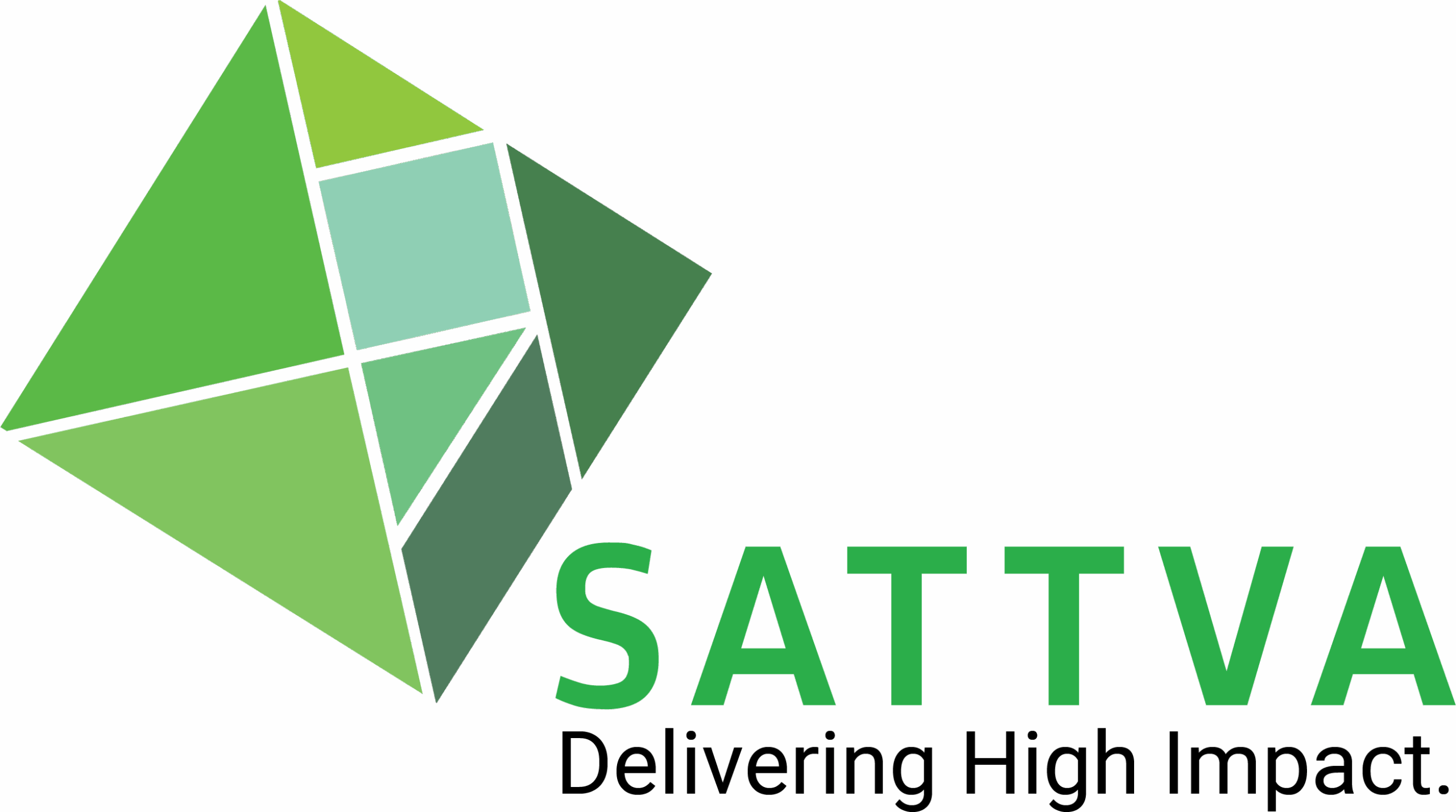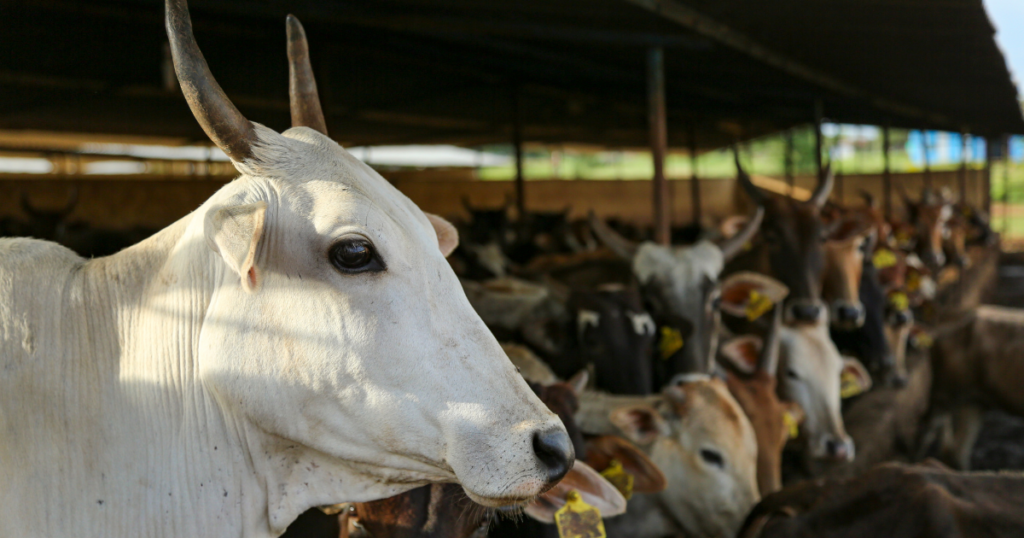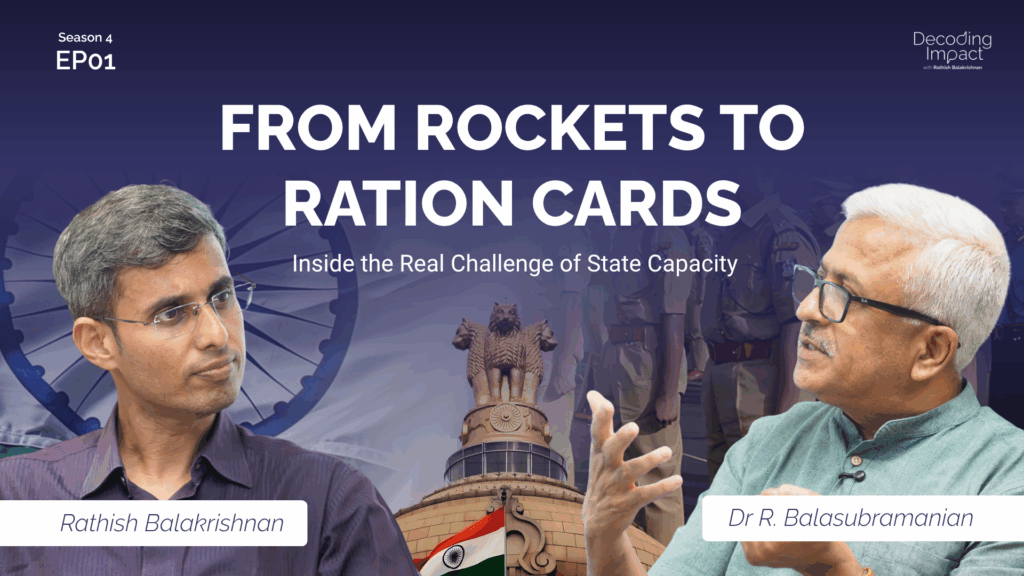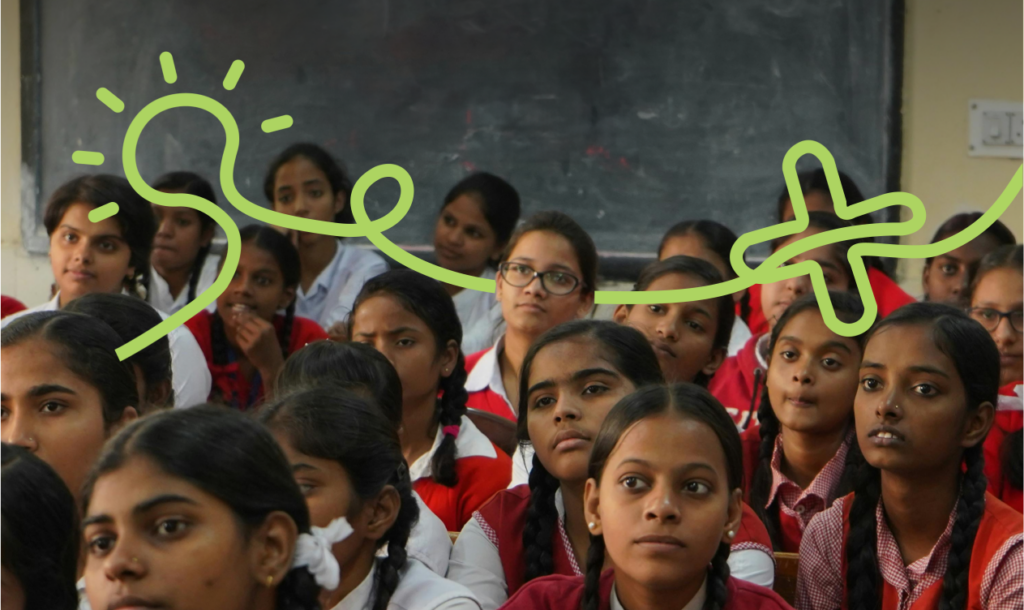Agriculture is the second-largest source of greenhouse gases (GHG) in India, preceded only by the power sector. Enteric fermentation in livestock is the leading cause of these emissions, averaging 720,309 metric tons Co2 equivalent over the last decade.
Livestock activities are crucial for farmers’ economic growth, as these contribute to income and food security. However, it is also crucial to acknowledge their negative impact on the climate, compounded by their magnitude at a national level, and develop pathways to make livestock activities more sustainable.
Which activities result in the highest emissions?
- Application of synthetic manure
- Crop residue management
- Direct deposition of manure by scavenging animals
- Energy use in feed transport
- Enteric Fermentation
- Direct and indirect N2O from manure management
- Direct on-farm energy use for livestock (cooling, heat, ventilation etc.)
Transport, storage and processing of manure
- Transport of live animals and products to slaughter and processing facilities
- Transport of processed products to retail point
- Refrigeration during processing of meat
Better practices in animal feeding, breeding and manure processing can reduce these emissions.
Examples in efficient livestock management
 Pasture Map uses technology to promote climate-smart grazing through virtual fences.
Pasture Map uses technology to promote climate-smart grazing through virtual fences.
- PastureMap is a startup that developed a digital grazing management platform.
- Their uniqueness rests in their ability to provide ranchers with a user-friendly mobile app that utilises GPS technology to track livestock movement and manage grazing.
- Pasture Map’s platform allows ranchers to create customised grazing plans, set virtual fences, and monitor livestock movement in real-time.
- It promotes rotational grazing, ensuring that animals graze on an area for a specific period before moving to a new one.
- Ranchers can also record data about forage conditions, animal health, and grazing history.
- Helps reduce overgrazing and its associated negative impacts
- Contributes to better soil health and reduces soil erosion
- Contributes to carbon sequestration, making it environment-friendly
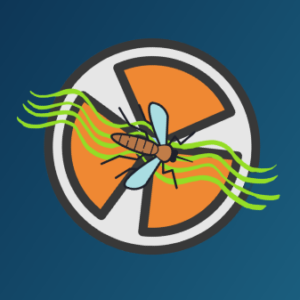 Sterile Insect Technique in Zanzibar eradicates animal disease burden, and reduces GHG emissions led by diseased livestock.
Sterile Insect Technique in Zanzibar eradicates animal disease burden, and reduces GHG emissions led by diseased livestock.
- The Sterile Insect Technique (SIT) programme was implemented between 1994 and 1997.
- The objective of the SIT programme was to control tsetse flies and combat trypanosomosis, a deadly disease affecting both humans and livestock.
- The SIT involved mass-producing and releasing sterilised male tsetse flies to outcompete wild males, leading to a decline in the tsetse fly population and ultimately disease eradication.
- The SIT programme was a biotechnological tactic that integrated biological and engineering techniques to produce, on an industrial scale and then release, reproductively sterilised insects of the target pest.
- The SIT act in an inverse density-dependent way. Sterile males became increasingly effective, with the declining pest population, in finding and mating with the remaining wild females.
- Increase in cattle farmers from 31% in 1985 to 94% in 2002
- Milk production nearly tripled from 1985 to 1999
- 30% increase in the farmers’ average monthly income
 Bangladesh organises farmer groups to provide veterinary services, resulting in improvement of animal health.
Bangladesh organises farmer groups to provide veterinary services, resulting in improvement of animal health.
- The PVS (Productivity Veterinary Service) approach, implemented through CDVF, focuses on optimising herd health, management practices, and milk quality to boost smallholder dairy farmers’ income.
- This involves organising farmers into groups, generating revenue through milk sales, and providing a package of on-farm activities to
improve animal health, reproduction, nutrition, and overall productivity.
- Establishment of a Community-based Dairy Veterinary Foundation
(CDVF) to deliver productivity veterinary services to smallholder dairy farmers.
- Monthly milk production increased from 75 tonnes to 360 tonnes.
- Number of farms receiving PVS services increased from 150 to 2935.
- Farmers’ income increased from $1 to $19.4 per cow per month.
 Nestle implemented a climate-smart farming programme to incentivise farmers for GHG reduction.
Nestle implemented a climate-smart farming programme to incentivise farmers for GHG reduction.
- The Climate-smart Dairy Farming Project in Switzerland aimed to reduce GHG emissions from dairy production, particularly methane from cattle, by 10% from 2014-16 to 2020.
- It was a participatory bottom-up approach that incentivises farmers to implement GHG reduction measures through goal-oriented premium payments.
- A public-private partnership involving the Swiss Federal Office for Agriculture, Nestlé, and Aaremilch AG, offered farmers a range of GHG reduction measures.
- Nestlé provided premium payments based on actual GHG reductions, motivating farmers to adopt climate-smart practices.
- 46 pilot farms achieved substantial GHG emissions reduction
- 22 million kg of milk produced using climate-smart livestock practices
- Contributed significantly to SDG 13 by combating climate change
